
Zebra Finch
Taeniopygia guttata
Zebra finch (Taeniopygia guttata) is one of Australia’s most widespread sma···

Biue-Winged Pitta
Pitta nympha,Fairy Pitta
Fairy Pitta (scientific name: Pitta nympha), also known as Pitta, is a speci···

Hemipus picatus
Hemipus picatus,Bar-winged Flycatcher-shrike
The brown-backed flycatcher mainly breeds in mountain forests at an altitude···

Arundinax aedon
Arundinax aedon,Tree warbler, reed warbler, reed warbler, large-billed warbler
Thick-billed reed warbler is a bird of the family Albizia and genus Albizia.···

Acrocephalus scirpaceus
Acrocephalus scirpaceus,Large-billed Warbler
Reed warblers are small in size and often move alone or in pairs. They like ···

Acrocephalus dumetorum
Acrocephalus dumetorum,Reed Warbler
Brandt's reed warbler is a small bird. The male and female have similar ···

Acrocephalus agricola
Acrocephalus agricola,Double-browed reed warbler, willow warbler, reed warbler, round-winged reed warbler
The rice field reed warbler is a small bird with similar plumage for males a···

Acrocephalus tangorum
Acrocephalus tangorum
The Far Eastern Reed Warbler is a medium-sized, dull grey-brown reed warbler···
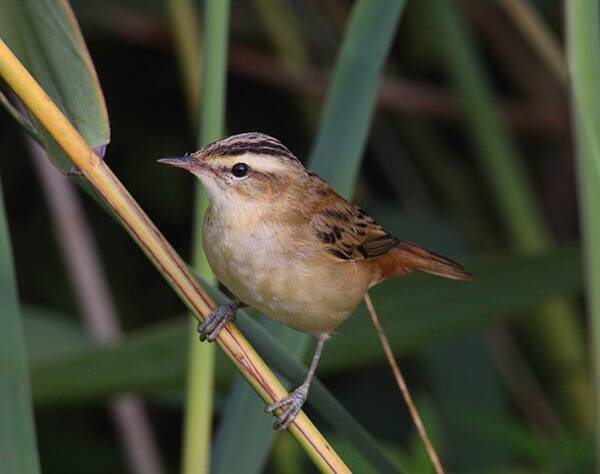
Acrocephalus schoenobaenus
Acrocephalus schoenobaenus,Sedge Warbler
The water reed warbler is a small bird with similar plumage for males and fe···
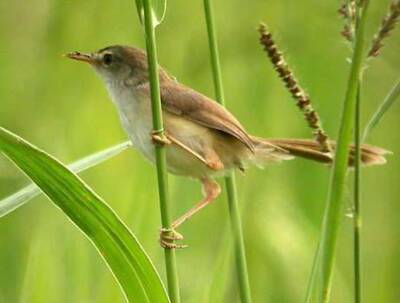
Acrocephalus concinens
Acrocephalus concinens,Blunt-winged Warbler
Blunt-winged reed warbler (scientific name: Acrocephalus concinens) is a bir···
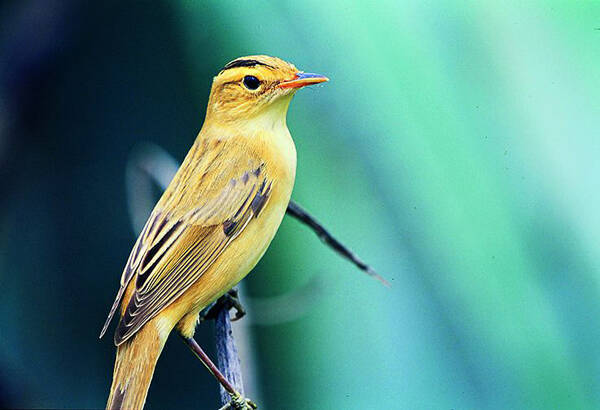
Acrocephalus sorghophilus
Acrocephalus sorghophilus,Spotted Reed Warbler
The Fine-striped Reed Warbler is a summer and migratory bird in my country, ···
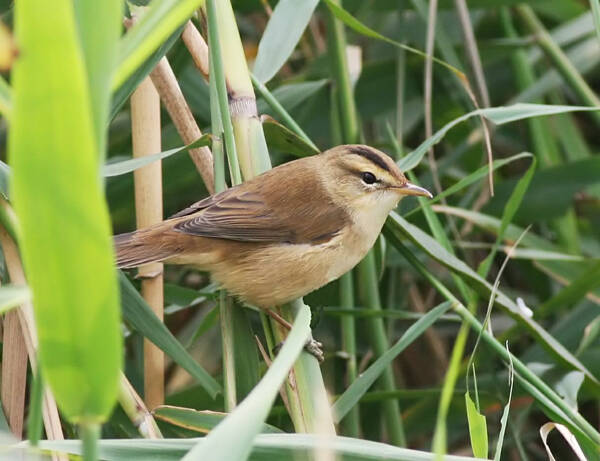
Acrocephalus bistrigiceps
Acrocephalus bistrigiceps,Willow leaves, mouth lashes
The black-browed reed warbler often moves alone or in pairs. It is alert and···
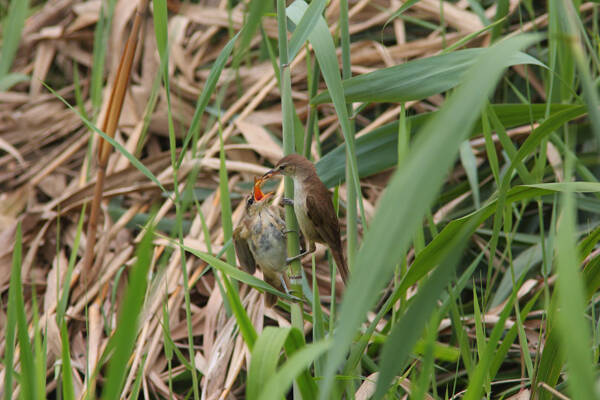
Acrocephalus stentoreus
Acrocephalus stentoreus,Southern Great Reed Warbler
The Noisy Great Reed Warbler is similar to the Great Reed Warbler. It often ···
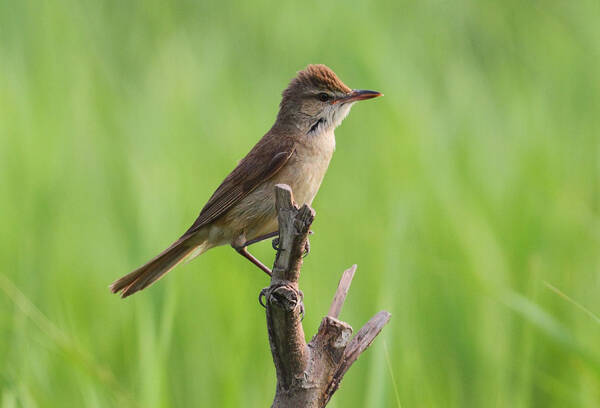
Acrocephalus orientalis
Acrocephalus orientalis,Reed strings, quacking, splitting reeds, chirping
Oriental Great Reed Warbler is a summer migratory bird in China, and some ar···
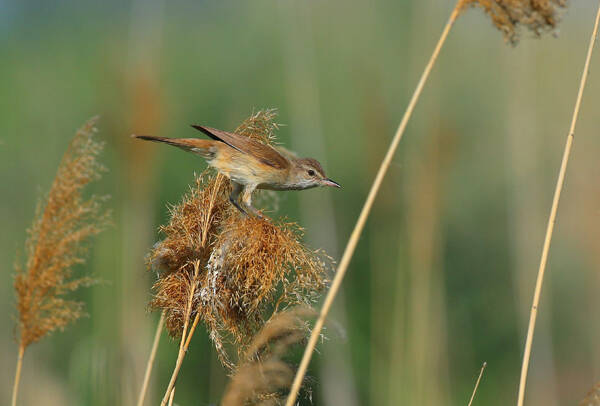
Acrocephalus arundinaceus
Acrocephalus arundinaceus,Large reed bundle, reed string, reed katydid
The Great Reed Warbler is a small bird, commonly known as the Great Reed War···
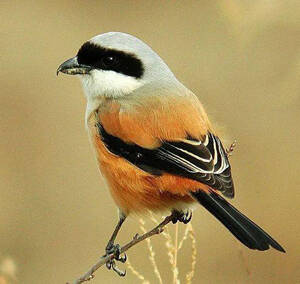
Lanius
Lanius,Brown Shirk,Butcher Bird,Butcher bird, Hubula, quail, shrike, shrike, shrike
Brown Shirk or Butcher Bird (scientific name Lanius) is a small carnivorous ···
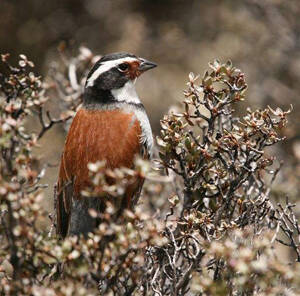
Emberiza koslowi
Tibetan Bunting,Emberiza koslowi,
Tibetan Bunting is a small songbird with no subspecies.Tibetan Bunting usual···
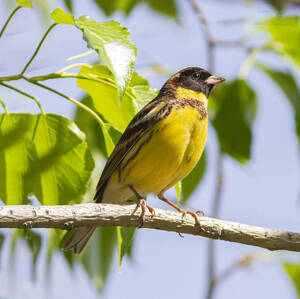
Yellow-breasted Bunting
Yellow-breasted Bunting,Yellow bile, Java sparrow, yellow belly sac, yellow bean, wheat sparrow, old ironback, golden bunting, white-shouldered bunting, yellow-breasted bunting
Yellow-breasted Bunting is a small songbird with two subspecies.Yellow-breas···
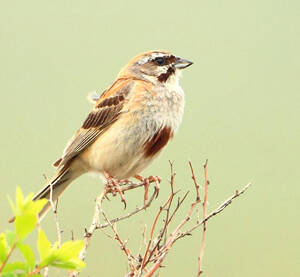
Emberiza jankowskii
Emberiza jankowskii,Jankowski's Bunting,Rufous-backed Bunting,Red-bellied Sparrow
The foreign name of the Chestnut-bellied Bunting is Jankowski's Bunting,···
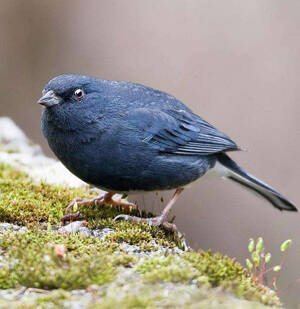
Latoucheornis siemsseni
Latoucheornis siemsseni,Slaty Bunting
Slaty Bunting is a small songbird, endemic to China, with no subspecies.Slat···
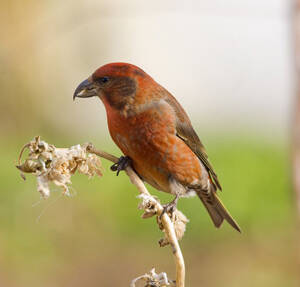
Loxia curvirostra
Loxia curvirostra,Common Crossbill,Crossbill, Green Crossbill
Common Crossbill, also known as Common Crossbill, is a small swallow with 19···
